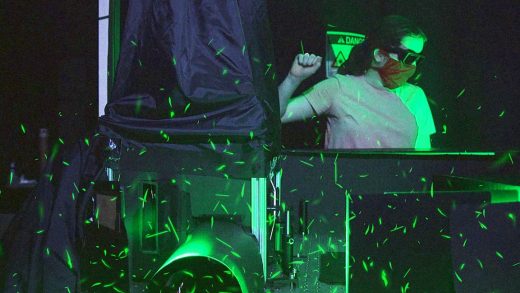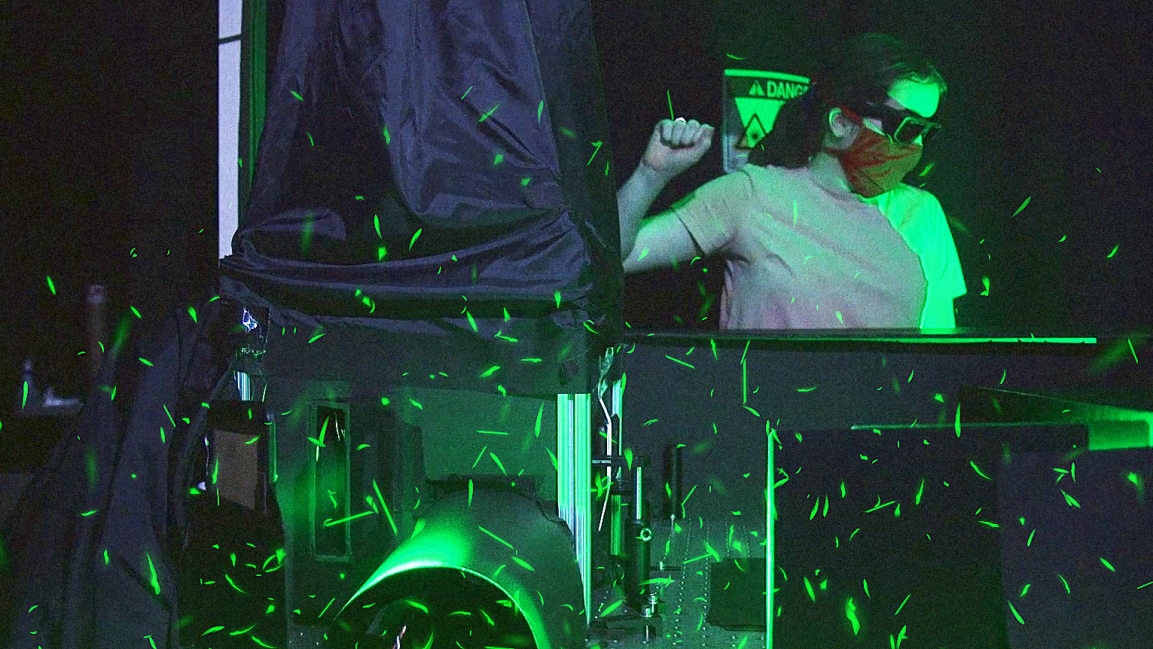This DIY mask test kit finds that your neck fleece isn’t really helping
If you buy a cloth mask online—whether from Amazon or Etsy or a large manufacturer such as Adidas—you’ll see a warning reminding you that what you’re buying isn’t medical grade. And while the evidence continues to mount that cloth face masks work, it’s also true that every mask isn’t equally effective, and many companies now making masks are doing it for the first time. In the absence of regulation for cloth masks, as shortages of more proven N95 masks continue, how can consumers or the manufacturers making masks know how much protection they offer?
A new DIY test, developed at Duke University, could help mask makers study their own products and could potentially help organizations buying masks in mass quantities. The researchers designed the testing setup after Eric Westman, a professor at the Duke’s School of Medicine, faced a challenge with a local group of volunteers: They wanted to buy a particular mask in bulk to distribute to underserved community members, but they didn’t know how well the masks worked. They reached out to the university’s physics department for help. “They wanted to make sure that if they bought these tons of masks, that they’d actually work,” says Martin Fischer, a professor whose research focuses on lasers.
Over a weekend, Fischer helped develop a black box with a slit on one side for a laser, which is expanded into a “sheet” of light inside the box. When someone wearing a mask speaks into one end of the box, droplets that escape from their mouth scatter the light as they travel through it. At the back of the box, a cell phone records video as the droplets flash in the light. “We had an algorithm that counted the number of droplets,” he says.
In tests with the device, it turned out that the masks that the group had considered buying, made from a stretchy material, weren’t very effective. While some other tests might look at how well a piece of fabric can block the virus, this type of test looks at what happens as someone’s wearing a mask. “There’s two ways that droplets can escape,” says Fischer. “One is obviously through the material itself. And the other one is around the nose, or chin, or if you have a beard. It turns out that mask was tightly fitting, so it wasn’t a gap problem. It was really going through the stretchy material.”
The team also used the device to test other masks. N95 masks, unsurprisingly, helped keep droplets from escaping. Cotton masks worked relatively well. A folded bandana didn’t. This is consistent with another recent study that looked at how far droplets could spray out of someone’s mouth when they wore various masks; with a double-layered cotton mask, droplets traveled only about 2.5 inches. With a bandana, they traveled 3.5 feet. (That study also found that droplets from an uncovered mouth traveled an average of 8 feet and as much as 12 feet, suggesting that the 6-foot recommendation for social distancing might not go far enough.)
Perhaps the most surprising finding in the new study was what happened with neck fleeces, the coverings that runners sometimes use. When someone wore the fleece, the number of droplets was actually higher than if they wore no mask at all. The researchers believe that the material breaks larger droplets into smaller particles. “Of course, what makes that problematic is that smaller particles could actually be carried away with air much more easily than big particles that might just drop down to the floor,” Fischer says.
Fischer thinks that the testing kit could potentially be used to demonstrate the value of masks in settings such as museums. “It’s just an eye-opener if you look through and you see all these light flashes off droplets that you usually would never ever see,” he says. But it could be even more valuable for companies making masks and testing their fit. “Doing this with an actual setup where you put a real mask on real people, I think, has extraordinary value.”
(22)



